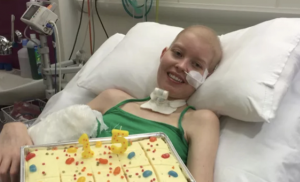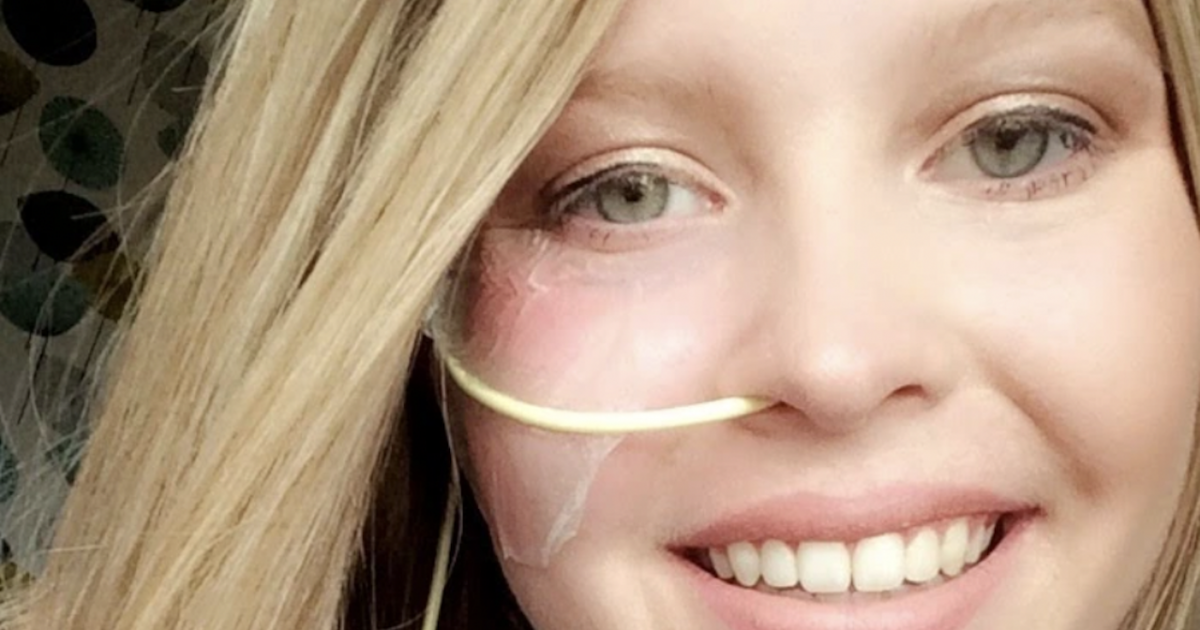After Chemo for ALL, Woman Goes into Coma
- At age 14, a young woman in the UK was diagnosed with cancer and the chemotherapy led to a bad reaction; she was put in an induced coma and woke up two months later, needing to re-learn how to walk and talk.
- Acute Lymphoblastic Leukemia (ALL) is a type of cancer of the blood and bone marrow; approximately 3 out of 4 leukemias among children and teens are ALL.
- ALL treatment options include chemotherapy, radiation therapy, stem cell transplant, and in some cases, immunotherapy.
Her earliest symptoms of the disease were bad lung pain and leg cramps reports The Scottish Sun.
Mackay’s Coma & Cancer Journey
Read More
Then Mackay was referred to a local children’s hospital for tests, where her mom pointed out to doctors that no one had taken blood tests from her yet, throughout all her pain. She stayed in the children’s hospital overnight, and was later rushed by ambulance to Royal Hospital for Children in Glasgow, where she was told she had ALL.
“I don’t remember much about when I was told, apart from the moment when I fully realized that I was extremely unwell,” she says. “I felt an overwhelming surge of anger that this was happening to me and my family.” Emotions like anger, grief, anxiety, and depression, are all common emotional responses to a diagnosis of cancer; professional support from therapists can help with these emotions.
After her diagnosis, Mackay started chemotherapy, but she had an adverse reaction to it, which left her in a coma for two months. After three or four weeks of chemotherapy, she says, she began having complications. “I was placed in an induced coma in intensive care before undergoing life-saving surgery,” she recalls. When she emerged from her coma, Mackay needed to re-learn how to walk and speak.
Cases like Mackay’s are extremely rare, however. “The doctors had to look through at least 25 years of records to find a reaction like mine,” she tells The Scottish Sun. It was a jarring experience, to say the least. Mackay remembers, “When I was finally brought out of my coma, I woke up thinking it had been just one night's sleep. I could not have been more wrong; I had lost two months of my life.”
Three years later, Mackay was diagnosed with thyroid cancer. She treated it with surgery and had her thyroid and cancerous tumor removed. Today, this amazing young woman is in remission from cancer and continues to make progress on learning to walk.
She says of her cancer journey, "Cancer has definitely changed my life in both good and bad ways. I have a new perspective on life and am so much more grateful for everything around me.”
What Is Acute Lymphoblastic Leukemia (ALL)?
Treatment for Acute Lymphoblastic Leukemia
Treatment options for Mackay’s type of cancer, Acute Lymphoblastic Leukemia, include chemotherapy, radiation therapy, stem cell transplant, and in some cases, immunotherapy. Immunotherapy drugs use a patient's immune system to identify and destroy cancer cells. Several types of immunotherapy have been approved for use against childhood leukemia.
In an earlier interview, Dr. Olalekan Oluwole, a hematologist with Vanderbilt University Medical Center, explains the steps that may follow an ALL diagnosis. He says, "Cancer is a really life-changing diagnosis. And we would like our patients to know that they don't have to feel that they are in there on their own. We have case managers that can help. We have social workers."
"In fact, we have a navigator because sometimes they have blood test here, they see a doctor there, they get chemo there, they do a lumbar puncture. It can be completely overwhelming. So we actually have people that can help them find their way around the hospital," he says.
The Next Steps After an Acute Lymphoblastic Leukemia ALL Diagnosis
Learn more about SurvivorNet's rigorous medical review process.

